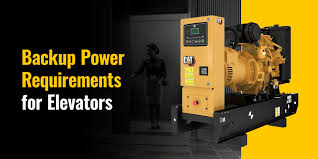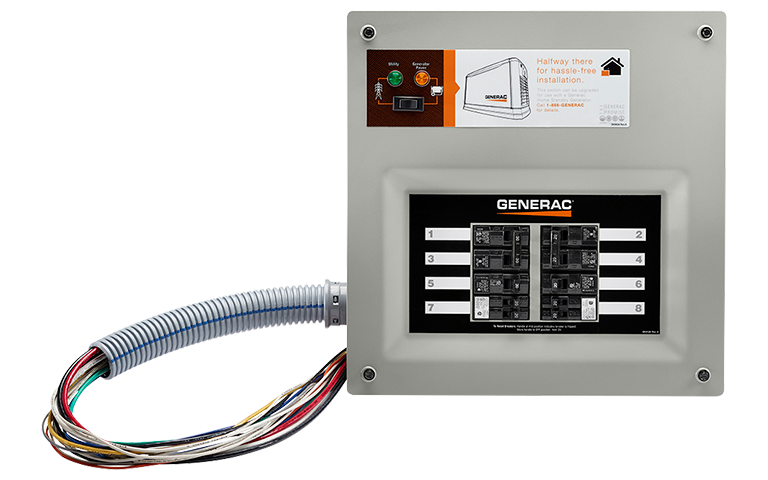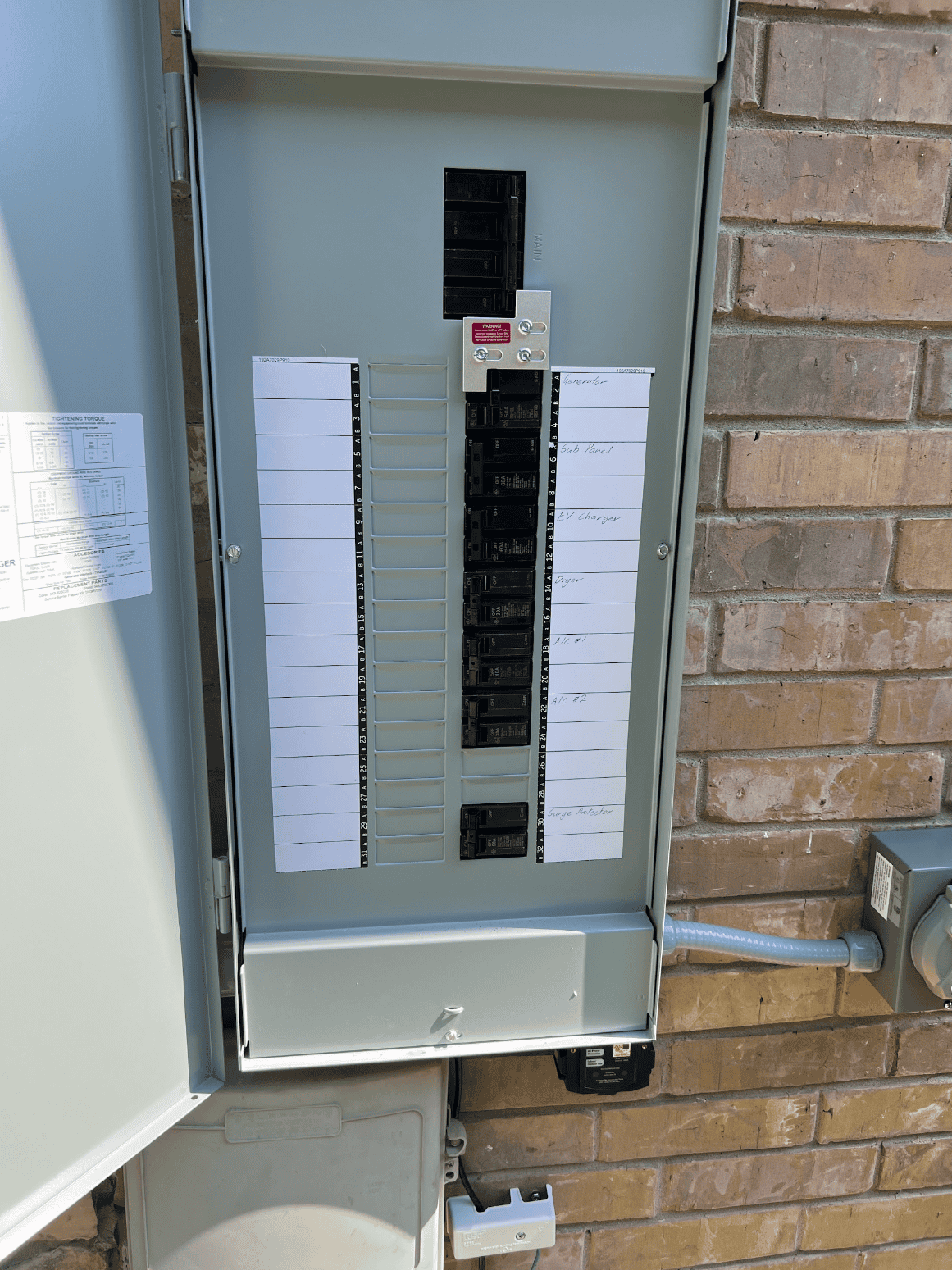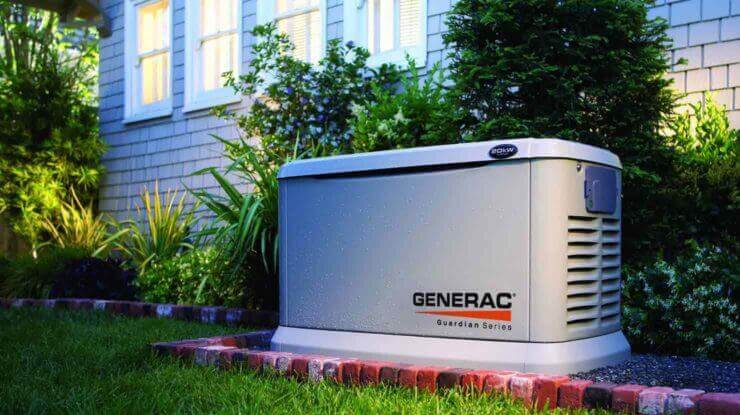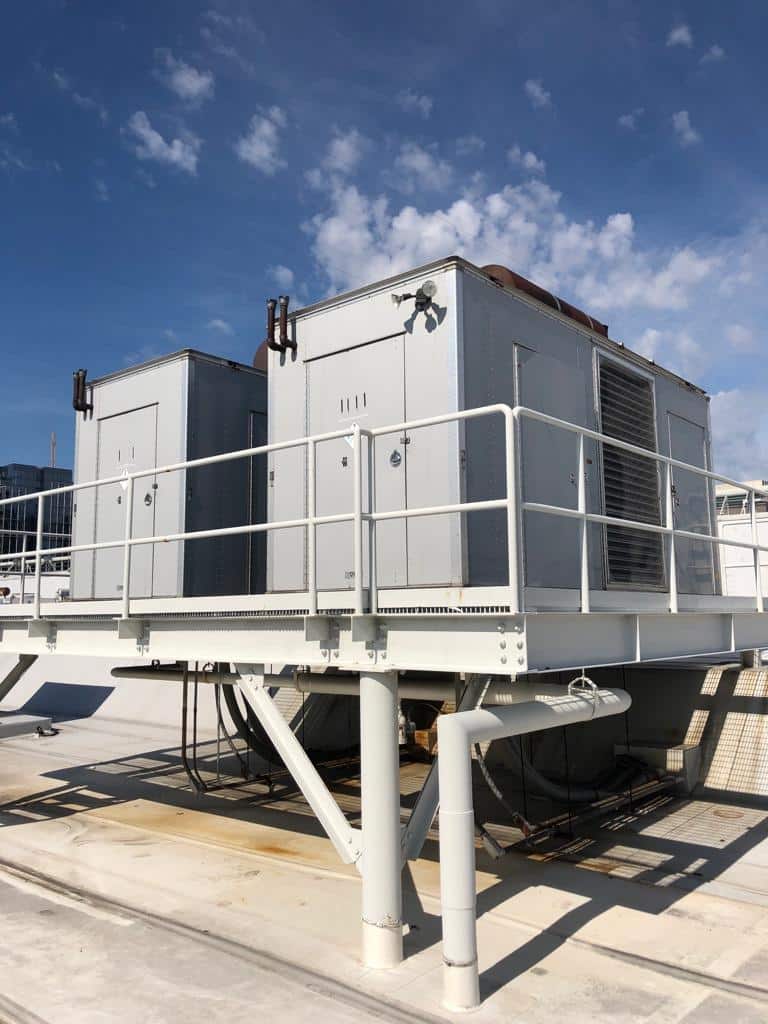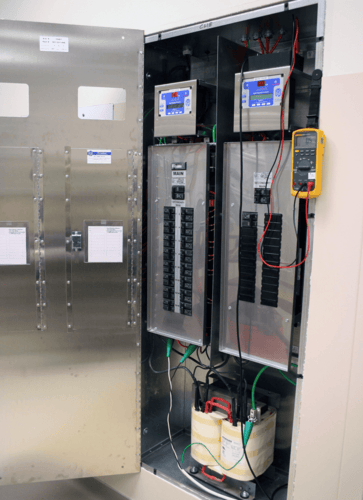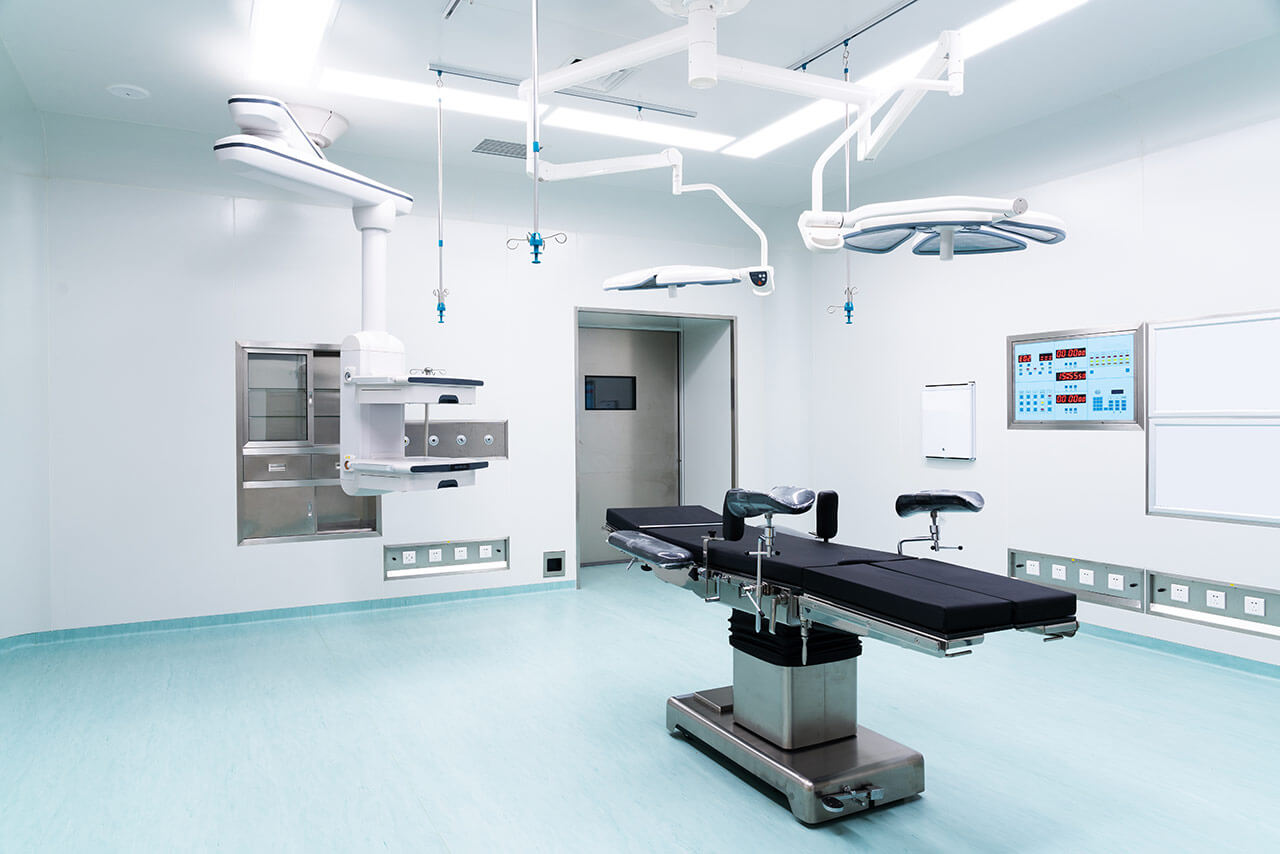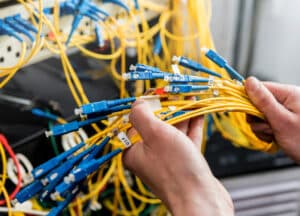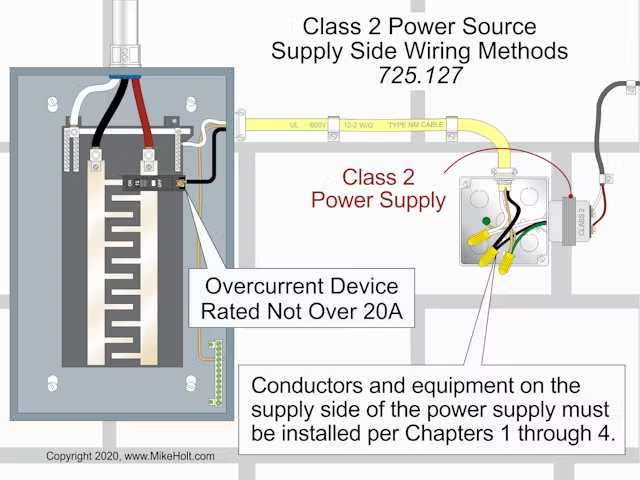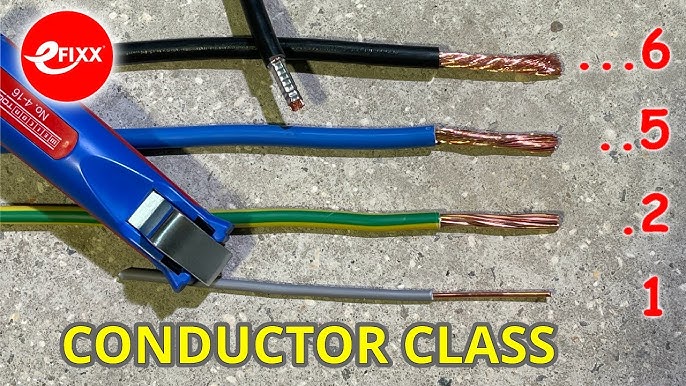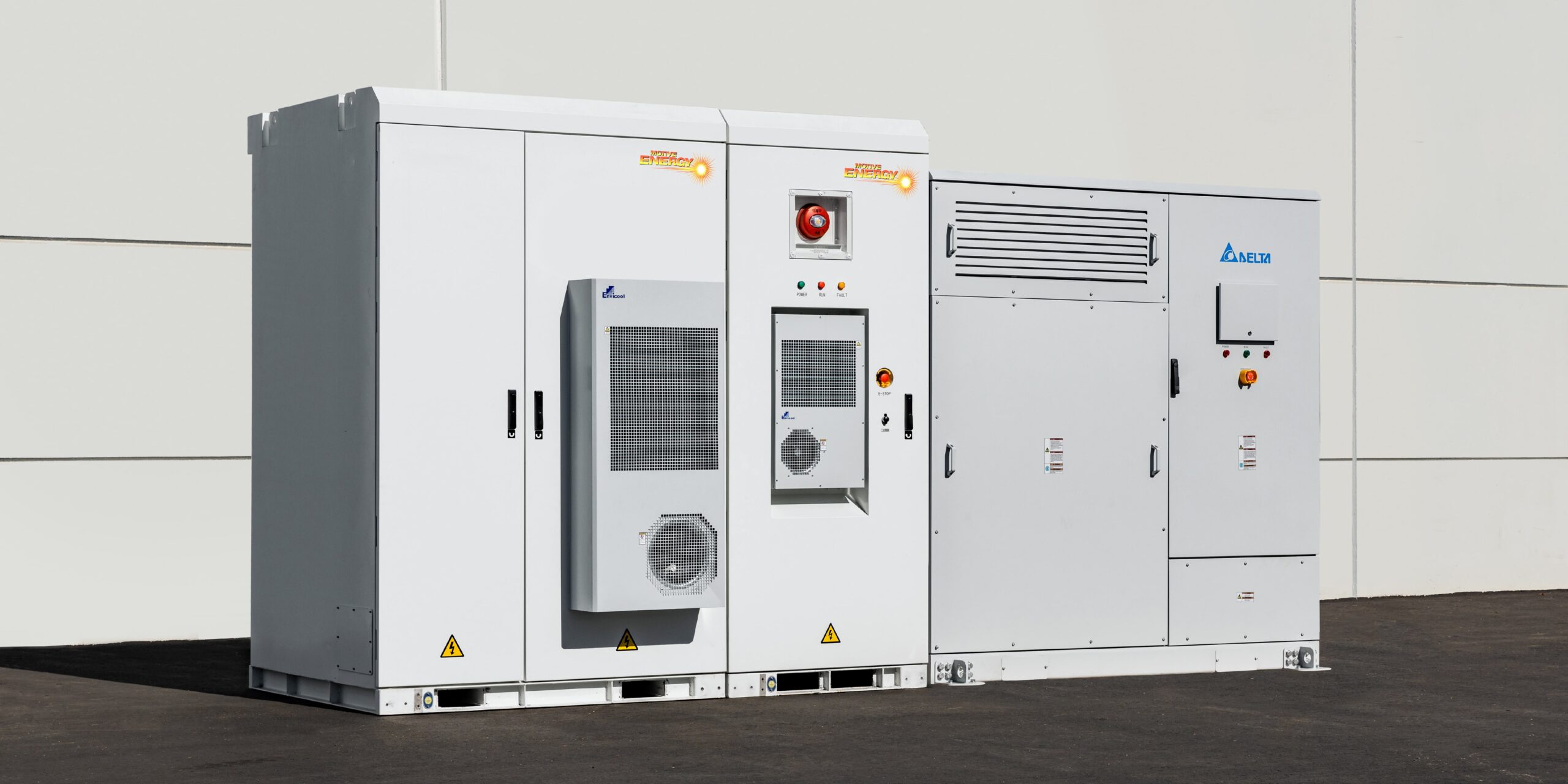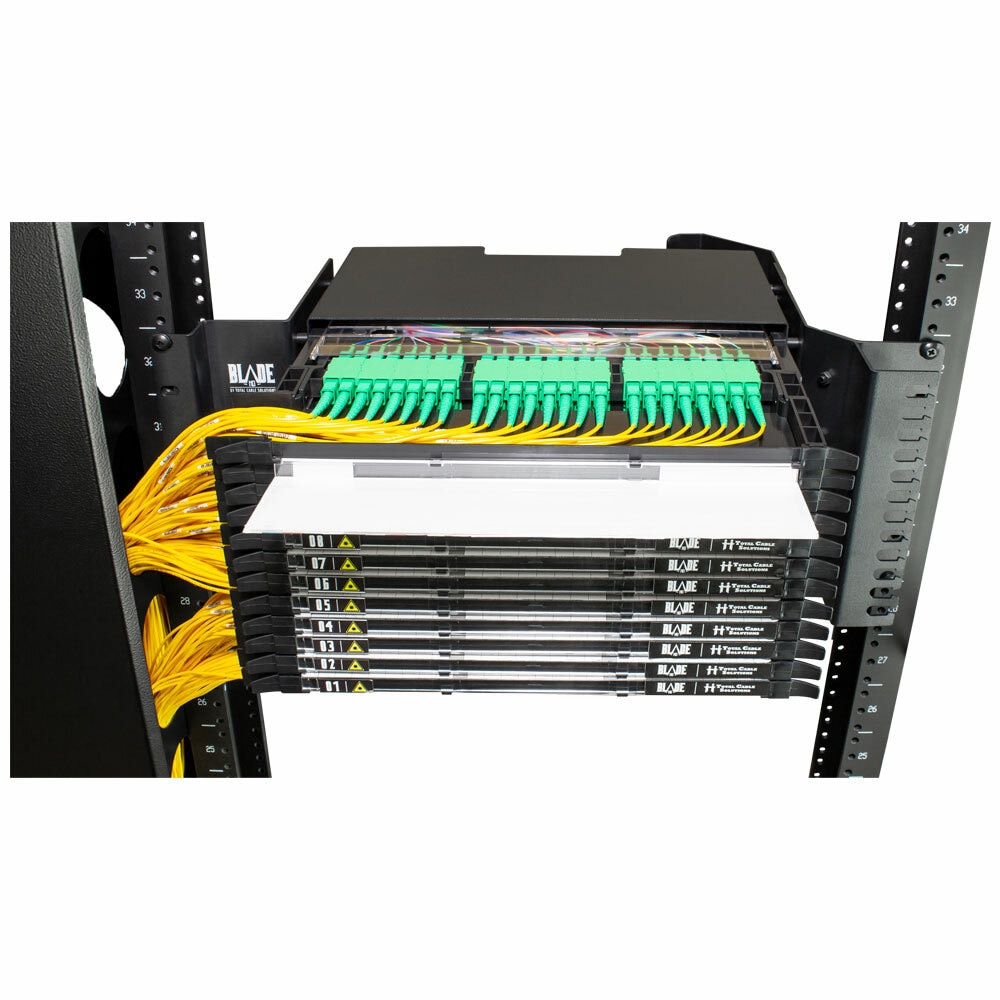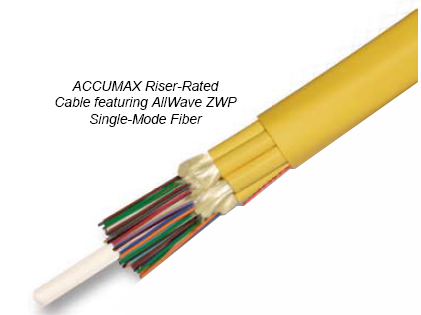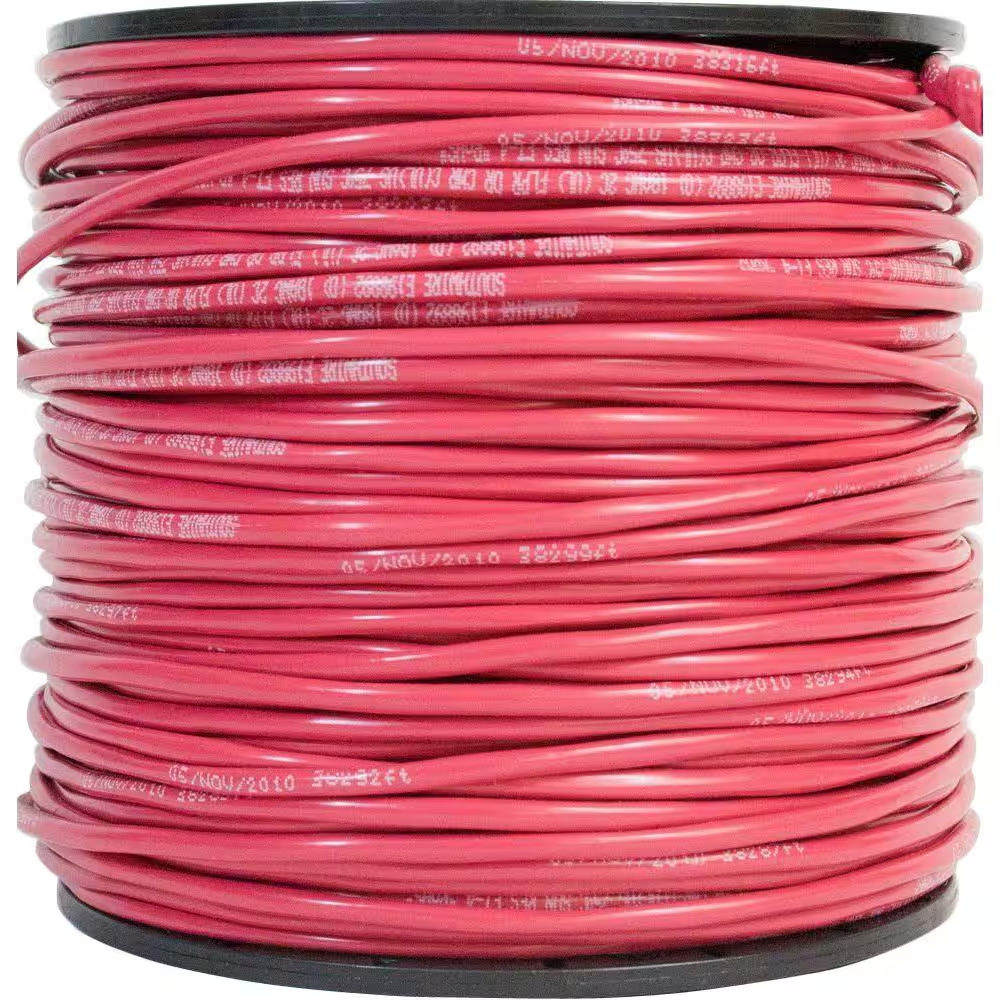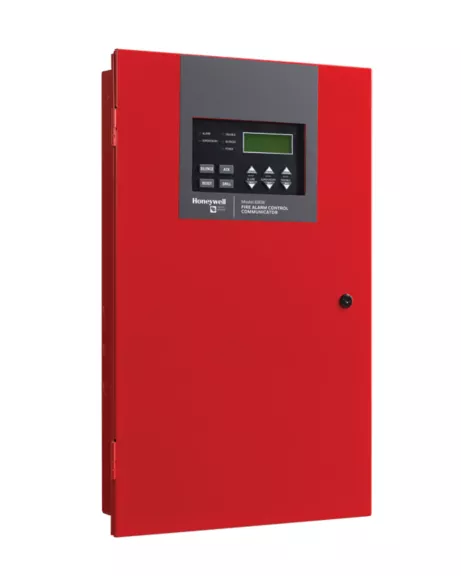📘
700 — Emergency Systems
- 700.3Emergency systems must be independent from normal supply. Transfer switches isolate sources to prevent backfeed.
- 700.12Source of power must restore within 10 seconds of normal supply loss.
- 700.10(D)Wiring for emergency circuits must be kept independent from other wiring systems.
- 700.27Ground-fault protection: emergency feeders must maintain selective coordination.
- 700.32Circuit wiring must be protected from physical damage — rigid raceways are common.
EXAM TRAP
10 SECOND RULE
Emergency power must come online in 10 seconds or less. Longer restore times belong to legally required standby (701).

Emergency ATS ensures independent supply.
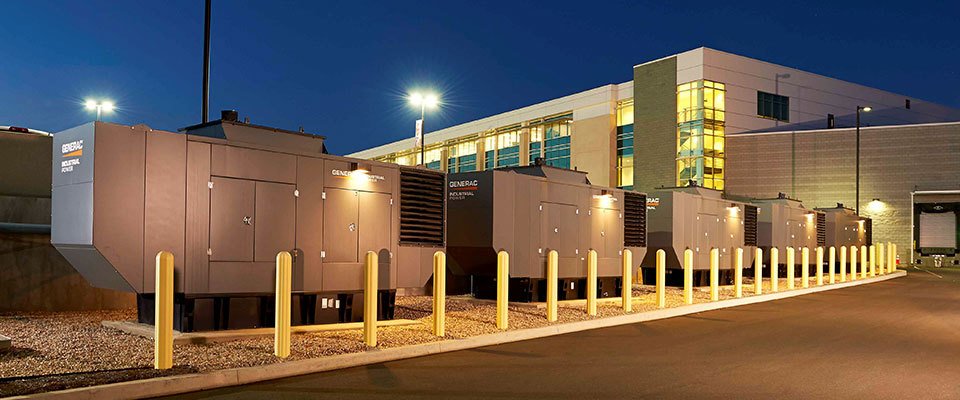
Emergency generators must start fast.

